Navigating the choppy waters of politics in the Black Sea underlines his policies to put European security back in the hands of the Europeans
Momentous events are taking place in world affairs. America is finally breaking loose of its European chains. Despite being the most powerful country in the world, it remained a frontier nation that looked back to its European roots with an inferiority complex. Alas no more!
The Americans at the European Security Conference this week are a new breed with no such complexes. They are the brash young men of MAGA, President Donald Trump’s new boys on the bloc. His defence minister Peter Hegseth told the conference that henceforth America expects Europe to pay for its own security, and Ukraine that membership of Nato is unlikely and the prospect of regaining territory lost to Russia in Crimea and eastern Ukraine unrealistic. Vice president JD Vance followed with a scathing attack on European democracy, claiming that the greatest danger to Nato was not from Russia and China but from within Europe – its retreat from democratic values, the loss of freedom of speech in particular.
The week began with a telephone call from President Donald Trump to President Vladimir Putin that set the scene for peace but also put the cat among the pigeons. Trump went over the head of the Ukrainian leader and arranged talks with Russia for peace in Ukraine. One swallow does not make a summer and one telephone call does not make peace, but it is a beginning that must be welcome news to all the young soldiers who have had to fight and kill one another with no end in sight.
Ukraine and Russia fell out when Russia’s man lost power in Kyiv in the Maidan revolution in 2013 and Ukraine decided to apply to join the EU and Nato. Russia annexed Crimea in 2014 and invaded Ukraine in 2022 and the two states have been at war ever since. The tragedy is that thousands of soldiers died in a war that could have been prevented.
The US and Europe backed Ukraine to the hilt and ostracised and sanctioned Russia and its leaders, including Putin. As usual, the bulk of military and financial support has been provided by the US.
But Donald Trump was elected on a mandate to end the war and transfer responsibility for European security to the Europeans. The war in Ukraine is a European security problem even though, as the Ukrainian president pointed out last week, it cannot at present continue without the military and financial backing of the US.
So, although the US holds all the cards, it is important to understand the background to the relationship between the US and Europe and set Ukraine’s relations with Russia in the context of recent US-European history.
Twice last century the US joined European wars not of its making and the Cold War that followed. Fear of communism led the US to set up the North Atlantic Alliance (Nato) to defend itself and West Europe from communist expansion. Members of Nato pledged to defend one another on the basis that an attack on one was an attack on all, though the reality was that the US bore the brunt of Europe’s defence.
The Cold War lasted from 1947 until 1991 and it ended with the collapse of communism and the collapse of the Soviet Union, the ripple effects of which will last beyond the 21st century.
The war in Ukraine, like the wars in Bosnia and Kosovo during the break-up of Yugoslavia, was an inevitable consequence of the breakup of the once mighty Soviet Union.
Nato lost its raison d’etre after the collapse of communism in Europe but it did not disband as an alliance. It expanded eastwards in breach of American assurances that upon the Soviet Union’s peaceful withdrawal from Germany and East Europe, Nato would not expand “an inch” eastwards.
The whole of east Europe and the Baltic states became members of Nato, which was anathema to patriotic Russians with existential security concerns – Russia was invaded by France in 1812 and Nazi Germany in 1941.
The young KGB apparatchik Vladimir Putin was in Berlin at the time and not at all pleased with the disintegration of the Soviet Union, which he termed the greatest geopolitical catastrophe of the 20th century, let alone Nato’s expansion to Russia’s border.
Nato’s expansion eastwards transformed its nature from an anti-communist defence alliance to an anti-Russian alliance, not because its original members feared non-communist Russia but because a military defence alliance needs a threat to defend against – which is probably the reason why Putin’s overture for Russia to join Nato was rebuffed by President Clinton earlier this century.
Putin warned the West many times that Nato’s expansion eastwards was a creeping cause of war but they carried on regardless, enticing Ukraine to join both Nato and the EU, disrespecting a resurgent Russia, whose humiliation following the collapse of the Soviet Union still rankled.
Unlike the Baltic states, Ukraine and Russia were the dominant states of the Soviet Union. Their people were close; many Ukrainians have Russian citizenship, most speak Russian and the majority in both countries are Christian Orthodox. There are many mixed marriages and many Russians are of mixed Russian-Ukrainian heritage.
The Crimea was historically Russian from the time of Catherine the Great and the majority of the population both in Crimea and in eastern Ukraine is ethnically Russian. Russia’s best writers Leo Tolstoy and Fyodor Dostoyevsky both fought there in the Crimean War against France, Britain and the Ottoman Empire.
That then is the background to bear in mind as Trump seeks to navigate the choppy waters of the Black Sea around Ukraine and Russia. The criticism that he has been too ready to accept that Ukraine is unlikely to join Nato is not a sound criticism at all. Given the assurances made to the Soviet Union, of which Russia was the successor state, the US was honour bound to make the concession.

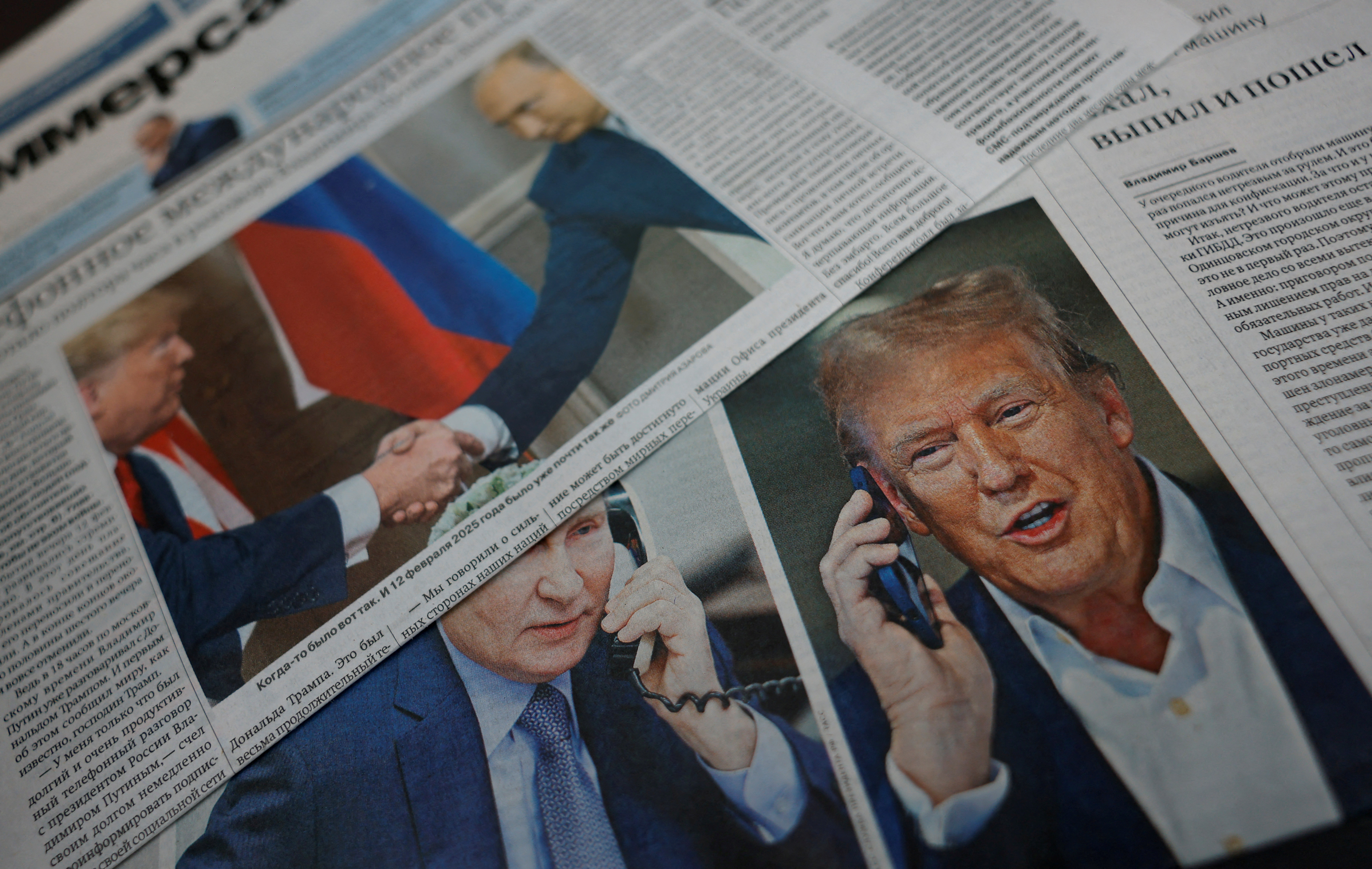
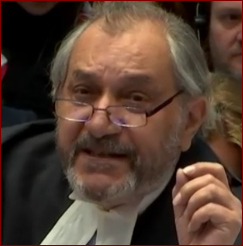

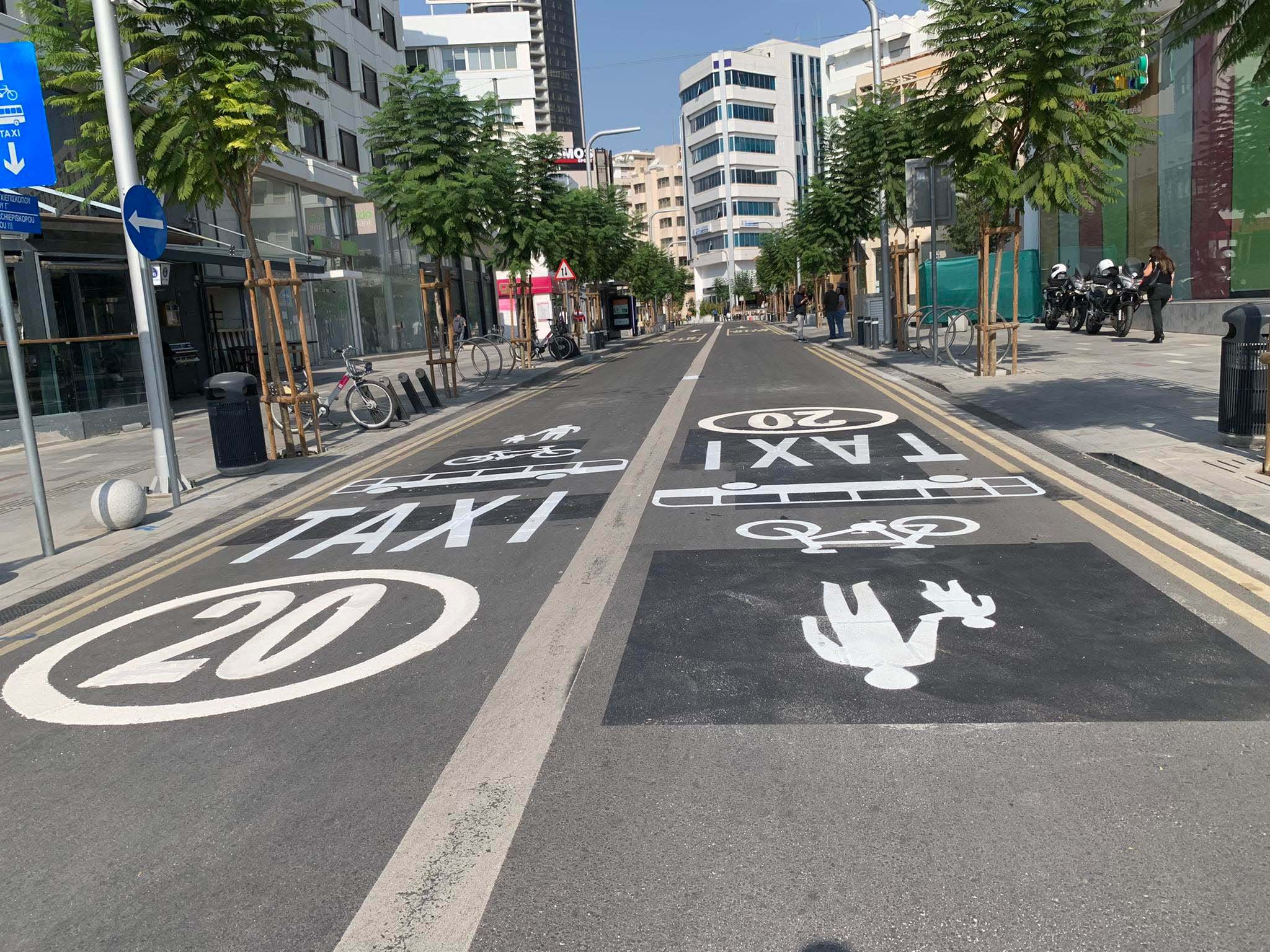
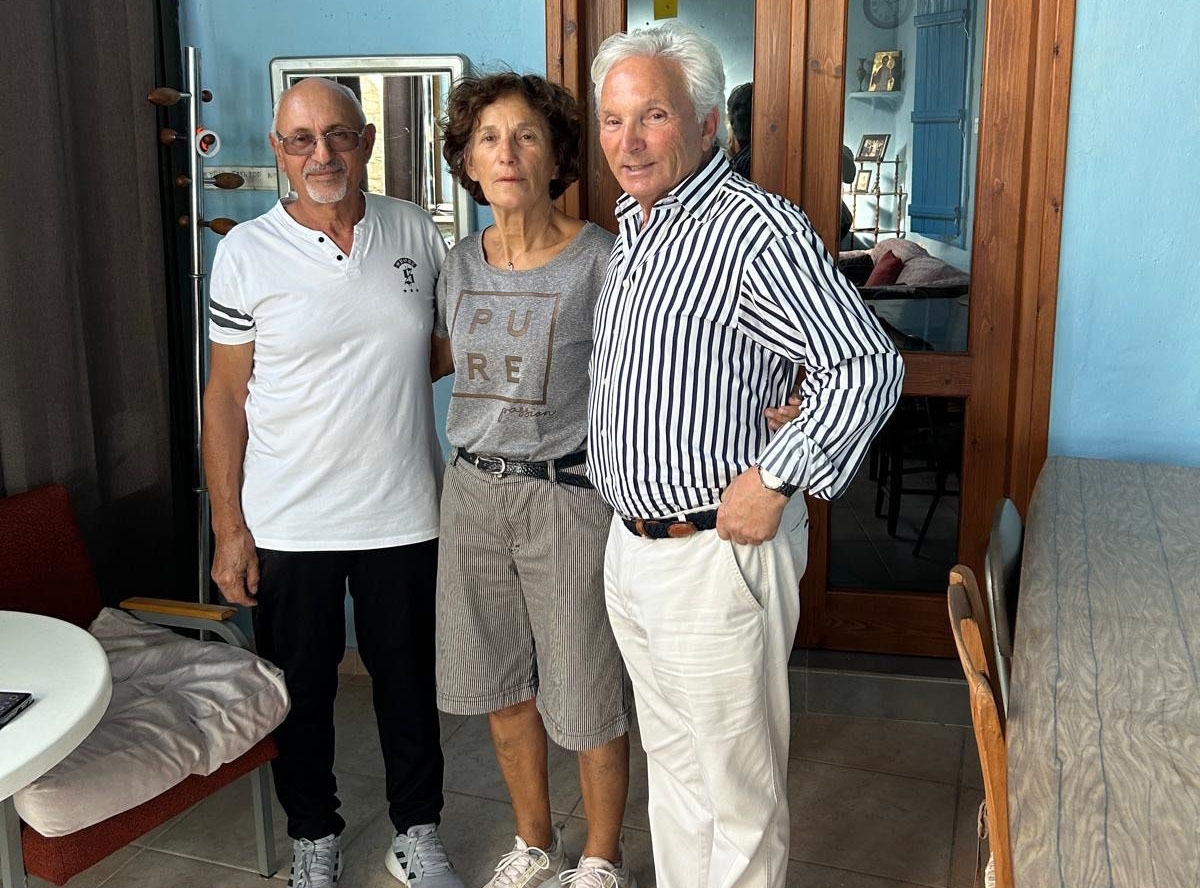
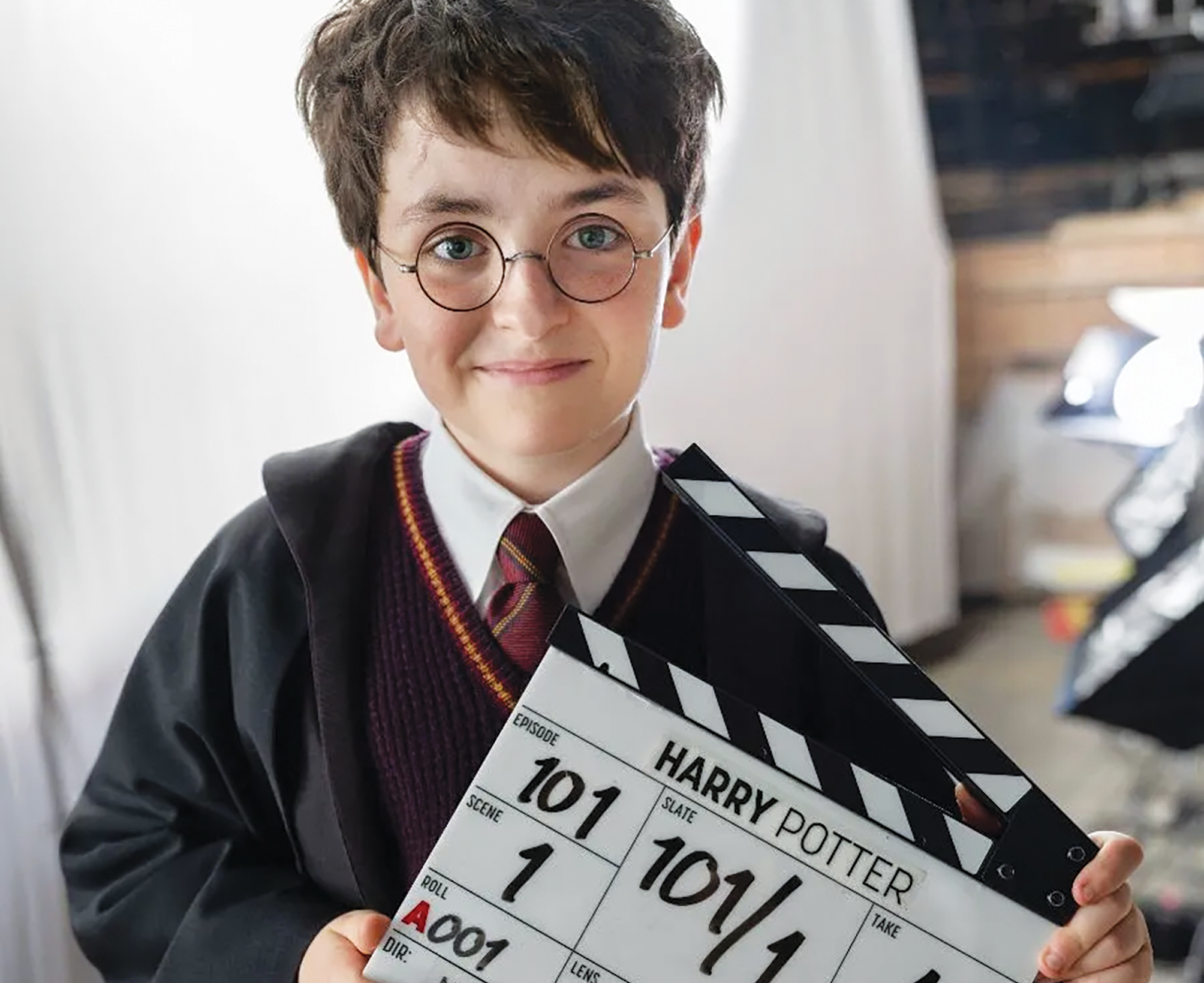
Click here to change your cookie preferences